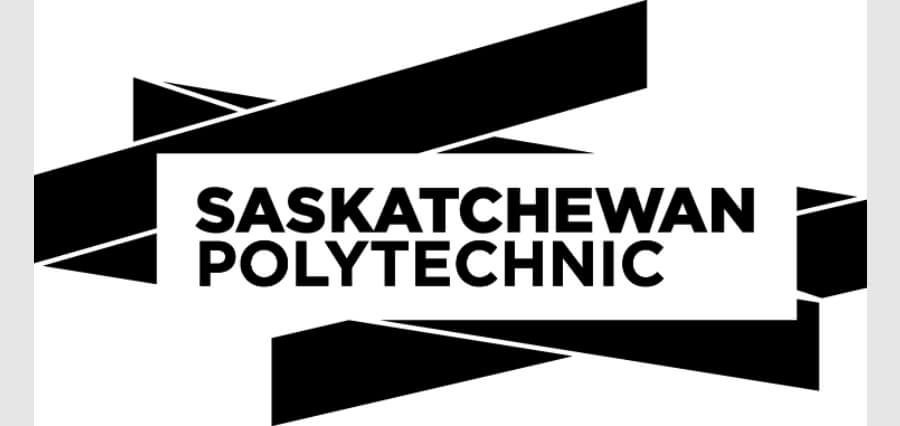John Adams, in his book, ‘Evolution of Education Theory’ defines education as a bipolar process in which one personality acts upon another to modify the development of other personality. Here, the educator and educand are the two people who are involved in the aforesaid process. Educators seek the overall development of the educand by not only imparting the knowledge skill but also through directly influencing their personality.
American British Academy (ABA) is one such school that prioritizes personality development of its students while giving equal importance to their academic performance. ABA has a strong reputation among international schools in and beyond Oman. It is known as a school in which teachers, parents and students work together to maximize student success. At ABA, this student ‘success’ is judged both by academic and character growth.
Detailing a Journey of Triumph
Formerly known as The American-British Academy, the motivation for starting the school arose early in 1987, following the announcement of the forthcoming closure of the secondary department of Muscat English Speaking School.
A Parent Teachers Association (PTA) Action Group led the way forward with initial sponsorship from the American Embassy. Initially, all interested parties agreed that the curriculum would have to satisfy both American and British systems and enable students to successfully transfer back to the educational systems of their home countries.
The eventual program of studies offered an American-style high school diploma, based on a traditional credit system, in tandem with the University of Cambridge’s International General Certificate of Secondary Education (IGCSE) at Grades Nine and Ten as well as the International Baccalaureate Diploma (IBDP) in the final two years of High School. The Elementary and Middle School curricula were internally developed based on the best practices of both American and British pedagogy.
The purpose of ABA changed over the years, as a multinational student population became more prevalent. The need to move beyond the use of ‘internationalism’ as merely cosmetic to attract more students to ABA led the administration and faculty to find a new identity as a proper international school by creating an educational program genuinely different from that available in other schools.
ABA – an IB World School today, is a locally and internationally well-established International Baccalaureate (IB) school and is a great place for students of all backgrounds to live and learn together.
Ascending towards a Brilliant Future
Without the shadow of doubt one can say that school is the only place where one is encourage exploring beyond their possibilities. The beauty of schooling lies in how teachers empower students to think beyond their world and nurture them for the competitive and ever-changing world. Initiated with the same vision, ABA believes that, it is essential to guide its students to be free thinkers and effective communicators. It also helps students in building deep awareness of the responsibility as the citizens of the world.
ABA’s reputation is founded on the exceptional students that it has the pleasure to work with, the skills, knowledge and dedication of its faculty and the incredible support and participation of the school’s parent community. This triangular relationship provides the necessary support needed to fulfil ABA’s mission to develop caring, confident, and responsible emerging adolescents. While academic rigour is at the heart of the school’s programs, the pastoral ethos of the school develops equally each student’s emotional and physical intelligence.
In order to achieve its goal, the school offers a very challenging academic program. This prepares the future ABA students with an opportunity to achieve future success in colleges and universities around the world. With a commitment to provide the very best care and quality experience to the students, the school zealously works to meet every need of the children and their family.
Changing Lives
Communication, Diversity, Inquiry, Integrity, Knowledge, Open-mindedness, Reflection, Thinking, and Willingness to Take Risks are the pillars of success for ABA. The school believes that emphasizing on these essential and enduring components will help them achieve their goal of being a lifelong learner. Hence, the school passionately works to achieve its mission; “Learners of Today are the Leaders Tomorrow.”
To achieve the same, it follows a three-tier education system.
The elementary School
In the Elementary School, ABA values every young person in its care as a unique individual, each with particular strengths, passions, ideas, areas of potential and challenges.
“Our task is to nurture each child towards achieving their potential in all aspects of their development. Along with a firm foundation in the academics, we strive to equip each child with skills and attitudes that will enable them to thrive in, and contribute to an uncertain, fast-changing world.
The International Baccalaureate’s Primary Years Programme provides an excellent framework within which we can reach our goals for every student’s success. Its focus on authentic, student-centred, inquiry-based learning allows our children work collaboratively to ask and answer questions, contribute and explore meaningful ideas and develop a deeper understanding of the larger concepts underpinning all areas of learning,” shares Ms. Sam Cook, Principal, Elementary School.
The Middle School and High School
In middle school, the Students follow courses designed around the International Baccalaureate (IB) Middle Years Programme (MYP), in grades 6 through 10. As the middle school students transitions into high school, many subjects in grades 9 and 10 are continued and used as the pedagogical framework of the MYP, while being supplemented by the IGCSE curriculum from the University of Cambridge. In grades 11 and 12 students follow the IB Diploma Program.
“As your child journeys through this special time of immense change, our faculty is committed to meeting the needs of this age group. Besides working to prepare students for upper secondary school, we recognize that it is important to ensure that each student’s experience is unique and tailored to his/her individual needs,” comments Ms. Kathleen Bowin, Middle School Principal.
Furthermore, in High School, the ABA students take a variety of classes in order to earn the credits required for an ABA high school diploma.
Grades 9 and 10: In the first two years of upper Secondary, students follow the curricular framework of the IB Middle Years Programme (MYP), but the majority of classes are also supplemented by the IGCSE curriculum. Students will complete the MYP Personal project in grade 10 as part of the requirements for earning the ABA high school diploma. Many students choose to sit IGCSE O level exams at the end of grade 10, but this is an option and never a requirement.
Grades 11-12: In the final two years of upper secondary education, students take IB Diploma Programme (DP) courses. Students are also allowed to attempt individual IB Diploma courses as they earn their ABA diploma or may attempt the full IB Diploma which includes an extended essay and the IB Theory of Knowledge course. All students must complete Creativity, Action and Service (CAS) hours to fulfil the ABA Diploma requirements.
A Platform for Holistic Growth
We have already established how ABA has developed a ‘Culture of Learning’ and how it engages and challenges all its students in every aspect of their educational experience. However, it also believes that education is not limited to textbook knowledge. Instead, students also need to develop skills like problem solving, leadership team management, and even nurture their inner talent through various extra curricula activities.
For the same, ABA students also enjoy a wide array of curricular and co-curricular activities including sports, band, drama, choir, after school activities and student council to help them develop new skills and interests.
In grades 6 to 8 students explore Oman with progressively more challenging camps in the desert, the coast, and the mountains. As a member of the Middle East South Asia Conference (MESAC), the school’s 8th grade students can participate in cultural, athletic, and academic exchanges with international schools in the United Arab Emirates, Qatar, and India.
The school also encourages them to join variety of other activities like arts, sports, clubs, and activities like theatre, visual art, design, Model United Nations, Students against Prejudice, Ecological Society, instrumental and vocal music are all on offer, as well as an array of competitive sports teams.
Thus, we can say that ABA’s academic curriculum is a continued cycle of improvement. It is designed is such a way that it provides all students with the best educational opportunities possible.









